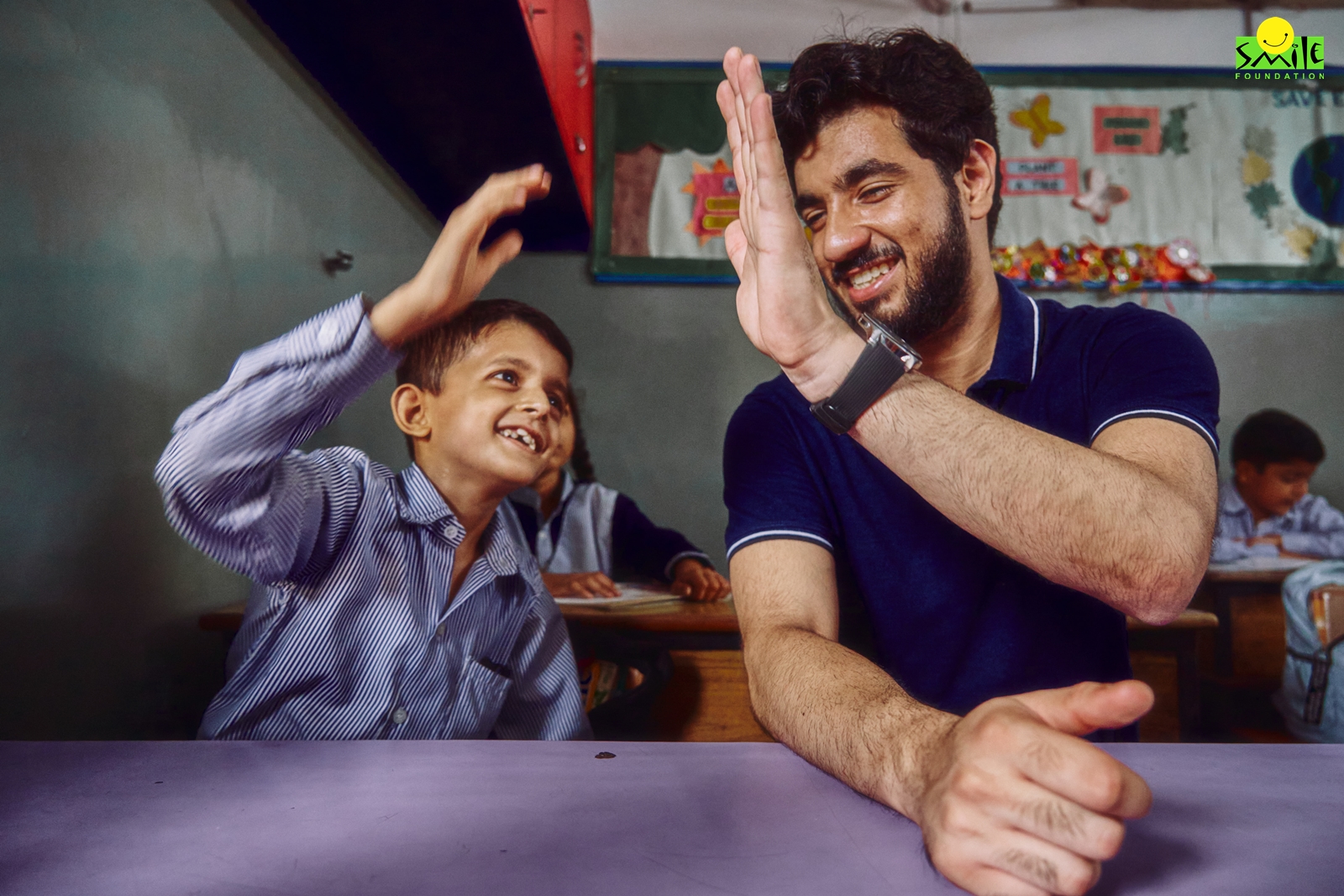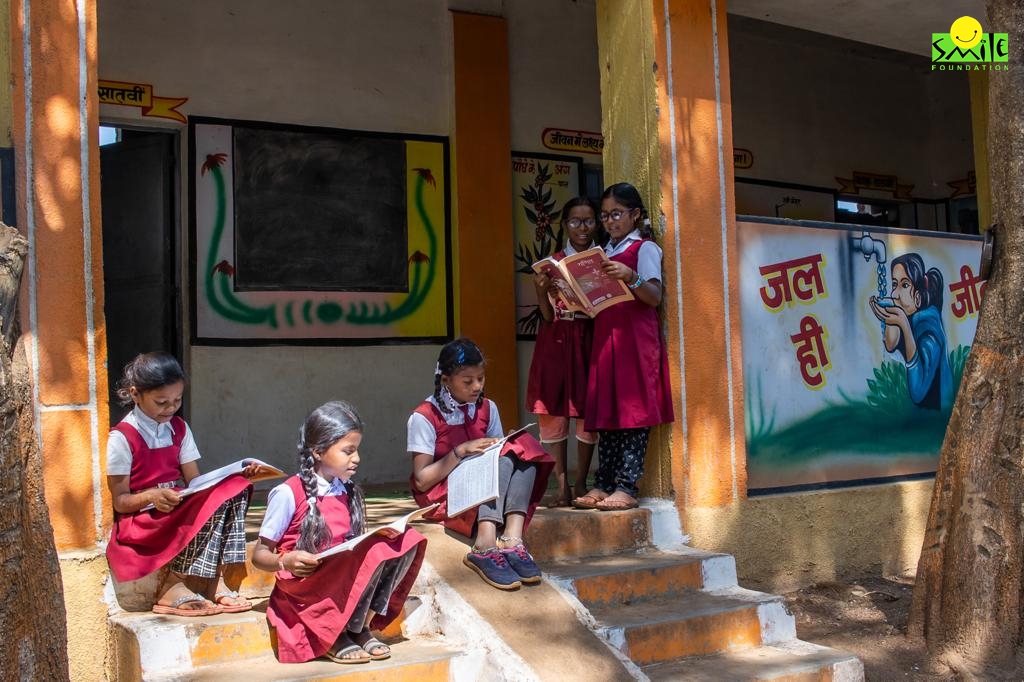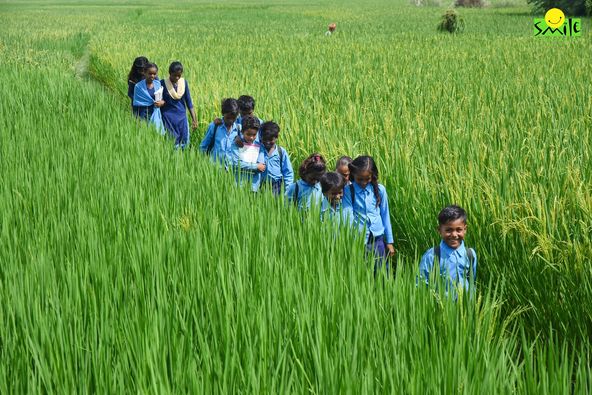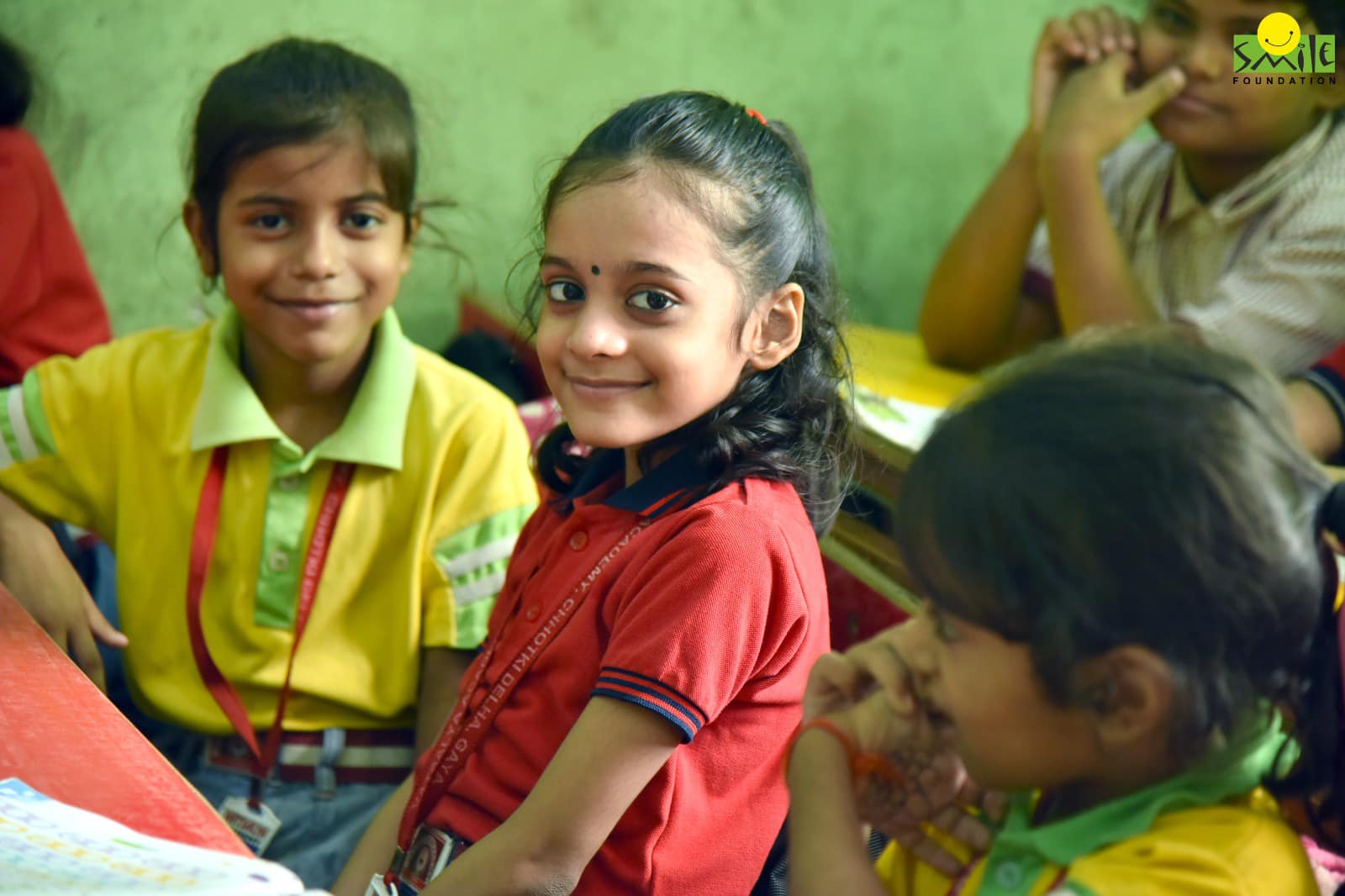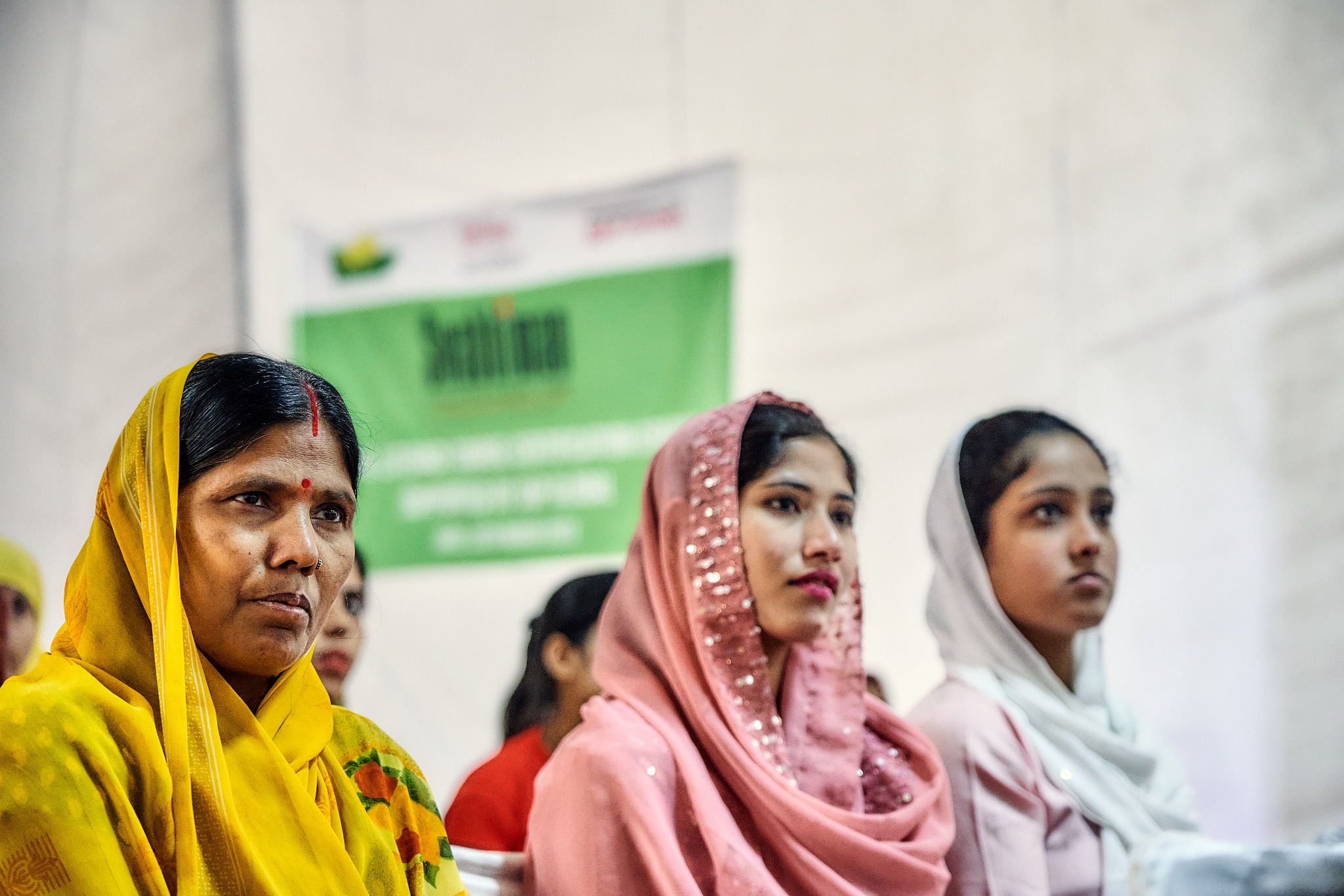With the outbreak of novel coronavirus, there has been a shakeup across the world. India is at stage 2 and as the ICMR director general has pointed out, we have only 30 days or less to halt the onset of stage 3. While we can still contain the virus and ensure that it is not spread, it is vital to influence our rural population and make them aware of the actions they can take.
Global communications have made it clear that to avoid being infected with the coronavirus, one has to take precautions – particularly washing hands and maintaining hygiene at all times. It also involves avoiding handshakes and touching your eyes, nose and mouth. Though the message is clear, and India is still at a nascent stage of the virus, a major threat looms, particularly with our hinterland population.
66% of India’s population lives in rural areas and has limited access to healthcare services. Their access is limited due to personal negligence and lack of infrastructure. Moreover, recent studies on hand hygiene in rural India indicate that only 26.3% of the rural population washed hands before child feeding, 14.7% before breastfeeding, 16.7% after disposing of child faeces, and 18.4% after cleaning a child’s bottom. These numbers indicate how big a behavioral challenge exists.
On a central level, an evident push towards controlling the coronavirus outbreak is clear. From the prime minister tweeting on steps to be taken to cancelling almost all existing visas to India, some bold moves have been made to contain the coronavirus pandemic. Some state governments have also put a foot forward, by shutting schools, colleges and cinema halls. WHO director general has clearly stated that Covid-19 is a controllable pandemic and urged all countries to take a comprehensive approach tailored to their circumstances – with containment as the central pillar. Given that containment is the way to go, we have to understand that nationally spreading one line of communication may not be the only way to go.
Globally we have about 1.2 billion people who live in extreme poverty with less than a dollar a day to survive on as per WHO. Out of this, 276 million are in India, according to Census 2011. The majority of them live either in urban slums or in remote rural locations where access to hygiene and healthcare are both a matter of grave concern. Due to a large population, lack of awareness, lack of resources and monetary aid, our country is a ticking bomb when it comes to any communicable epidemic. The worst to suffer are the poorest. Not only do they earn less, but they also end up not having enough money or adequate healthcare support to seek immediate help.
Diarrhoea alone kills as many as 10,000 people annually in India, most of whom are children. A disease that can be prevented easily by maintaining adequate hygiene and handwashing is a life threat to the poorest of society. Influenza is not far behind on the list of diseases that are deadly for the underprivileged. This common flu, usually curable by a regular dose of paracetamol and hot water steam, ends up turning into pneumonia because people cannot access the basics.
A person living hand to mouth tends to avoid spending money on medicines and doctors and tends to rely on home remedies. In such cases, if it is a communicable disease, it stands a high chance of spreading through the community and at lightning speed as well. Awareness can play an important role in reducing the extent to which these diseases cause havoc in the lives of the underprivileged. This is the first step towards achieving a safe space where the spread of disease may be contained. To prevent is better than to cure.
Next comes easy access to primary healthcare service at minimal to no cost. There is also a need to setup an integrated MIS system that can be implemented on an individual basis to help track and report back cases. The data sets can be exchanged among organisations working in a set area and can help in collating a comprehensive patient list for local government authorities to track and contain the disease at the nascent stage.
This can also help build confidence in the lower strata of the society once the positive cases are taken care of. It is also hard for people to distinguish between reality and myths – such as bizarre beliefs about home remedies to tackle the virus. With a serious pandemic like Covid-19 myths must be busted and awareness generated. This is crucial for a holistic containment strategy for the nation if and when we reach a higher stage.




